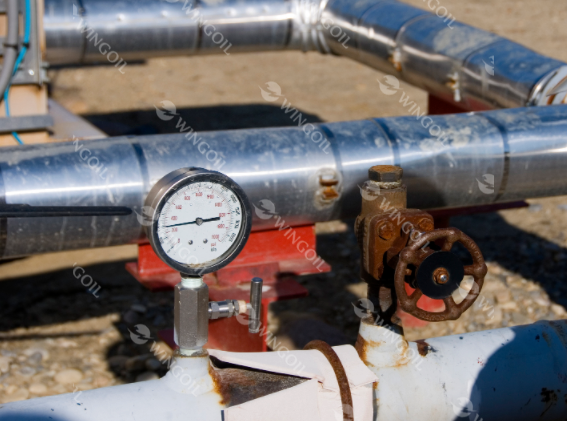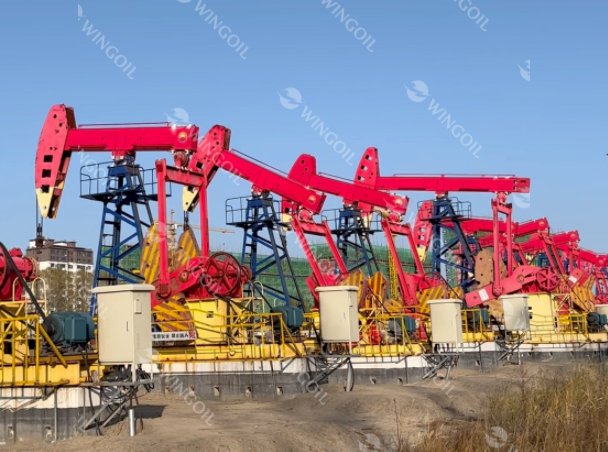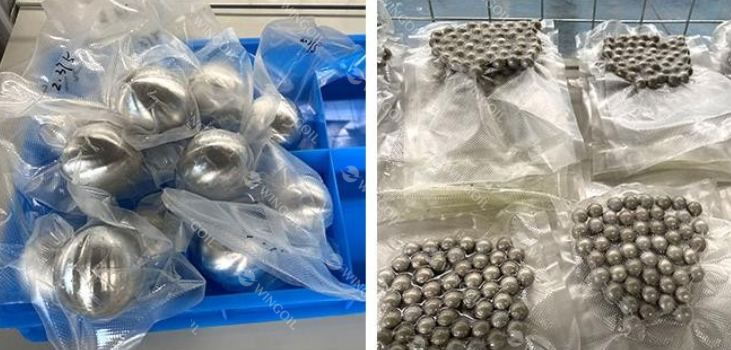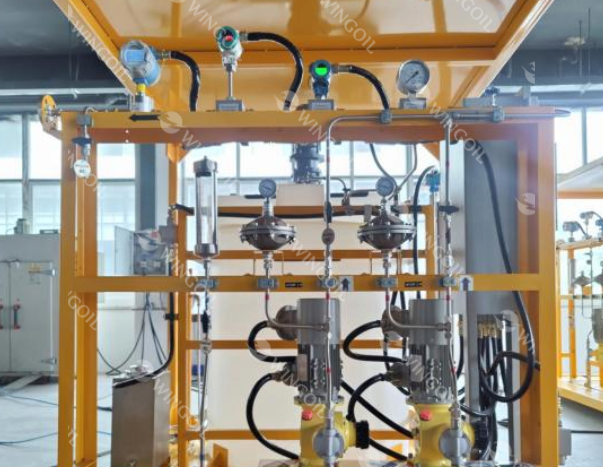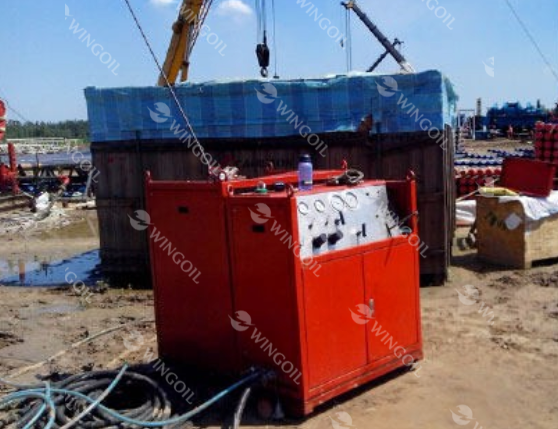How Does High Pressure Hose Testing Equipment Work?
High pressure hose testing equipment is used in a variety of industries to ensure the safety and reliability of high pressure hoses. These hoses are used to transport fluids and gases under high pressure, and any failure in their integrity can result in dangerous situations. High pressure hose testing equipment works by subjecting the hose to pressure tests that simulate real-world conditions, allowing for any defects or weaknesses to be identified and remedied before the hose is put into service.
8 working principles of high pressure hose testing equipment as follows:
- The testing equipment used for high pressure hoses consists of several components. The first is the test pump, which is responsible for generating the high pressure that the hose will be subjected to during the test. This pump can generate pressures ranging from a few hundred psi to several thousand psi, depending on the requirements of the hose being tested.
- The second component is the pressure gauge, which measures the pressure being generated by the pressure testing machine. This gauge is usually calibrated in psi, and it provides a real-time readout of the pressure being applied to the hose. This allows the operator to monitor the pressure and adjust the test as necessary to ensure that the hose is being subjected to the correct level of pressure.
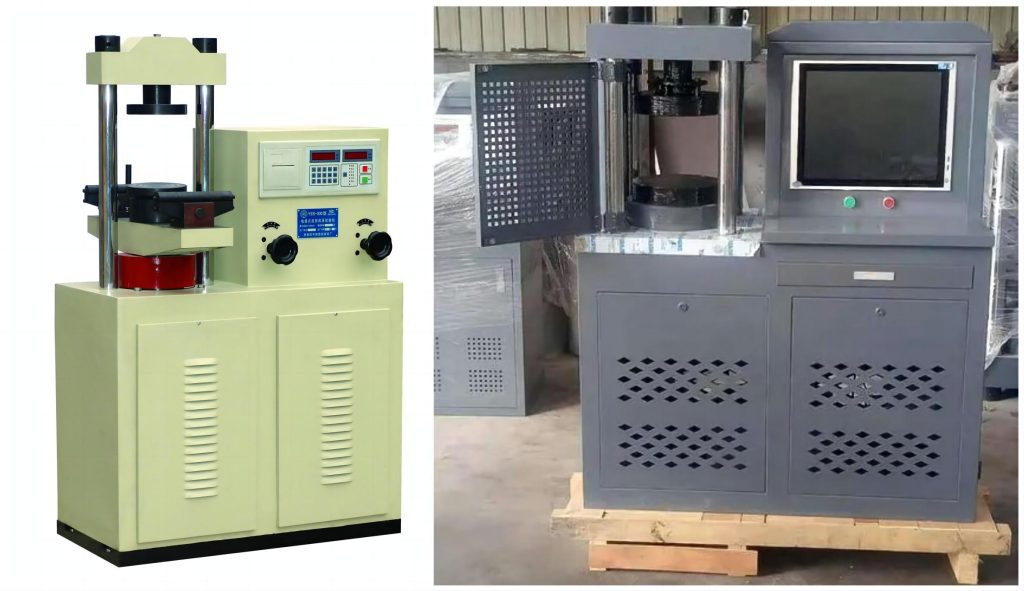
- The third component is the test rig, which is used to hold the hose being tested in place. This rig is usually made of sturdy metal or plastic, and it is designed to withstand the high pressures that the hose will be subjected to during the test. The hose is clamped securely into the rig, and any end fittings or adapters are attached as necessary to ensure a secure seal.
- The fourth component is the safety relief valve, which is used to prevent over-pressurization of the hose being tested. This valve is set to open at a pre-determined pressure, and it will release pressure from the system if that pressure is exceeded. This helps to ensure that the hose being tested does not fail catastrophically and cause injury or damage.
- To perform a high pressure hose test, the hose is first prepared by inspecting it for any visible defects or damage. The ends of the hose are then prepared by attaching any necessary fittings or adapters, and the hose is then clamped securely into the test rig.
- The test pump is then started, and the pressure is gradually increased to the required level. The pressure gauge is closely monitored throughout the test to ensure that the pressure is being applied correctly, and the safety relief valve is checked to ensure that it is functioning properly.

- During the test, the hose is subjected to a series of pressure cycles. These cycles involve increasing the pressure to the required level, holding it there for a set amount of time, and then decreasing the pressure to a lower level. This process is repeated several times to ensure that the hose is able to withstand the repeated stress of pressure cycling.
- After the test is complete, the hose is inspected once again for any visible defects or damage. If any issues are identified, the hose may need to be repaired or replaced before it can be put into service. If the hose passes the test, it is marked as approved and can be put into service with confidence.
In conclusion, high pressure hose testing equipment is an essential tool for ensuring the safety and reliability of high pressure hoses. By subjecting the hose to realistic pressure tests, any defects or weaknesses can be identified and remedied before the hose is put into service. The components of the pressure testing equipment, including the test pump, pressure gauge, test rig, and safety relief valve, all work together to ensure that the hose is subjected to the correct level of pressure and that safety is maintained throughout the testing process.


